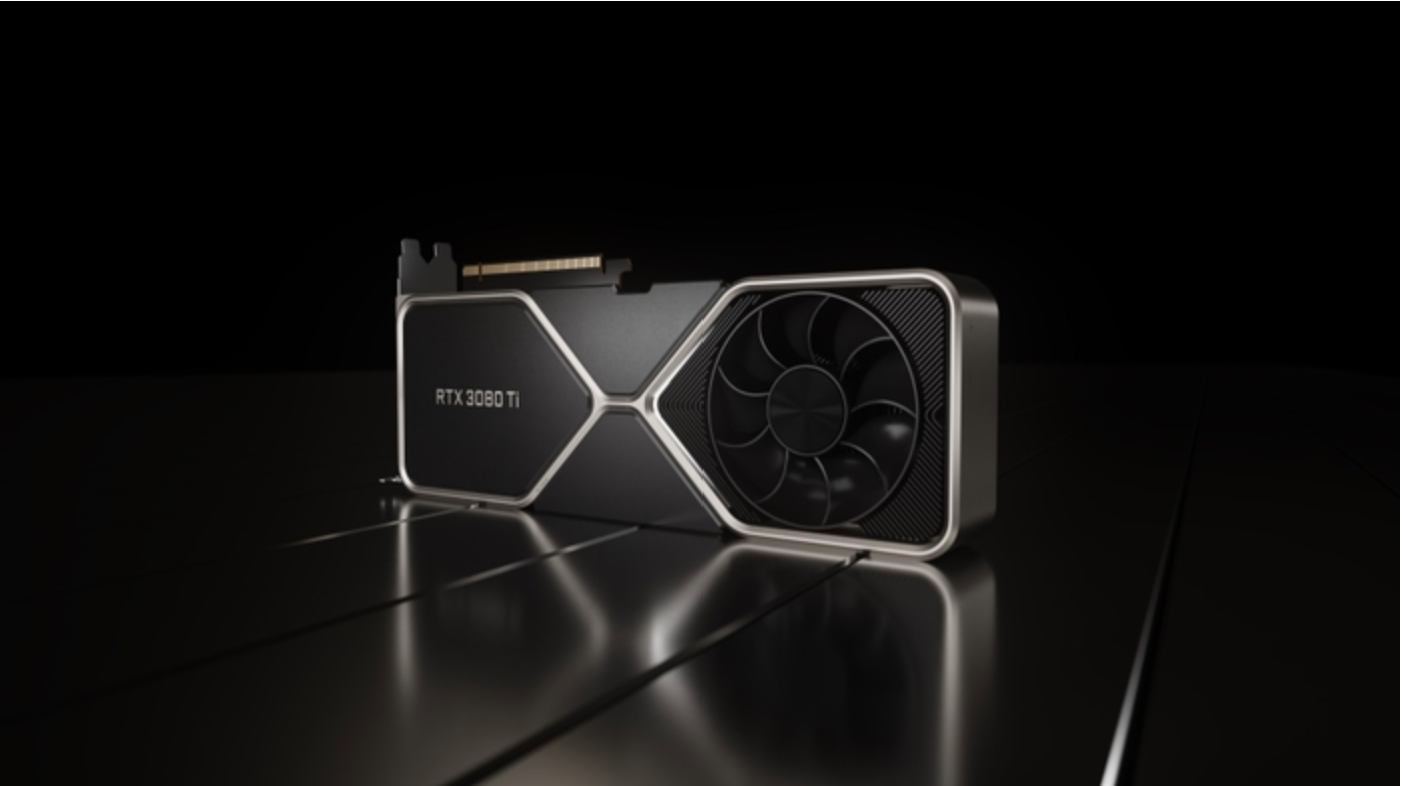GeForce RTX 40 series will bring a huge leap
Compared with the GeForce 9 series graphics cards based on the Maxwell architecture, the performance of the NVIDIA GeForce GTX 10 series graphics cards based on the Pascal architecture has made a huge leap. The 16-nanometer chip has made significant improvements in performance, efficiency, and overall price. The GeForce GTX 1080 Ti is considered the best “Ti” series graphics card ever. This performance leap is unmatched by NVIDIA in its Turing and Ampere products.
According to Twitter user, @TtLexington, NVIDIA GeForce RTX 40 series graphics cards with Ada Lovelace GPU architecture are expected to achieve the same performance jump as we have seen from 9 series Maxwell GPUs to 10 series Pascal GPUs. Based on the Ada Lovelace GPU architecture, GeForce 40 series graphics cards are expected to be manufactured using TSMC’s 5nm process. Although they will still consume a lot of power, their energy efficiency ratio will increase significantly due to the huge leap in performance.

Image: Nvidia
Some other details about clock speed and launch time frame were mentioned. We know that the GeForce RTX 40 series is still a long way from now. Rumors say that these graphic cards are not expected to be launched until the end of the fourth quarter of 2022. In addition, it is said that NVIDIA will update its GeForce RTX 30 series lineup during the SUPER series update in 2022. Therefore, if the lineup is to be launched before the RTX 40 series, then we can expect the time of the GeForce RTX 40 series to be further delayed. This also means that when NVIDIA launches its new GPU series, AMD may have just launched its RDNA 3 architecture graphics card.
According to these numbers, if the RTX 4090 or any AD102 GPU has 18,432 CUDA cores inside, then we will get up to 80 TFLOPs of FP32 computing performance at 2.2 GHz. This is quite crazy, which is higher than the single-precision RTX 3090. Point computing performance has jumped by more than 2 times.





